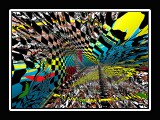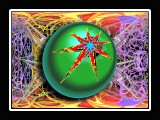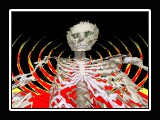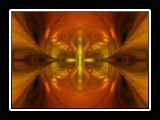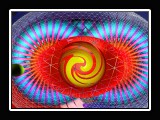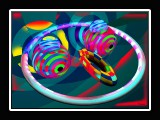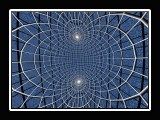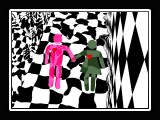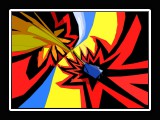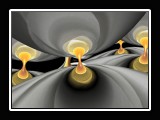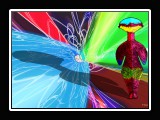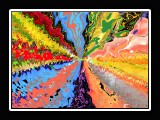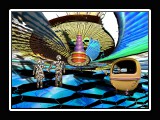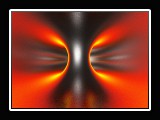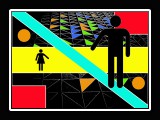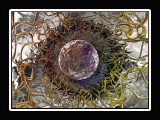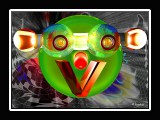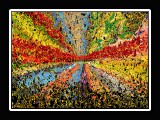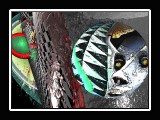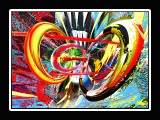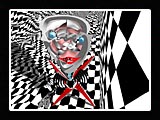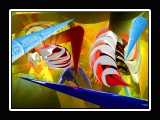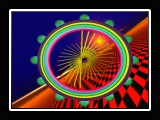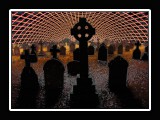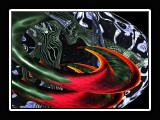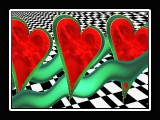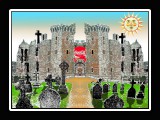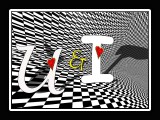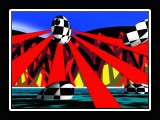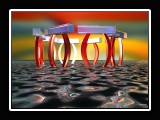ROWNAK
PHOTOGRAPHY & DIGITAL
Photography & Art
for a visual hungry world
Johanna Drucker (UCLA): Keynote presentation: "Humanistic Approaches to Digital Scholarship"
Abstract: Parallax Views and Other Incommensurable Conditions
Digital humanities has come of age. Developed repositories, mature projects, working platforms, a suite of tools and possibilities for their use, conventions, papers, and specialized journals as well as designated grants provide abundant evidence of this condition. New challenges arise, some old ones persist. How are we to demonstrate convincingly that the intellectual issues fostered by digital intervention in humanities work are really significant? What are the take-away ideas or insights that are useful to scholars working more broadly. If we compare the digital humanities to the wave of critical theory and its impact on scholarship in the 1980s, then what can we point to that shows how we construct our fundamental notions of epistemology or hermeneutic practices differently as a result of digital projects? If we can’t do this, then are we merely creating online access and storehouses, boutique projects that are of greater interest to their creators than to anyone else? And what of the humanistic methods that are central to our disciplines? How do these come into play in the digital environment? What is the humanistic work of the digital humanities? This paper argues that parallax is a central tenet of humanistic interpretation, and that the registration of a non-self-identical condition of knowledge is one crucial methodological contribution the humanities can make in its design of platforms that shift from universe to multiverse, from singularity to relativity, and from reification to refraction. Such platforms do and do not exist, and have their precedents in print forms, but the development of digital platforms that engage with the partial, situated condition of knowledge, collaborative and aggregate discrepancies, and actually allow study and expression of incommensurable points of view are still ahead.
Anne-Lise Desmas (J. Paul Getty Museum): “Willing to Benefit from the Digital Age: A Curator/Scholar's Experience and Voice”.
Abstract: While everyone is aware that we are in the digital age, the ambitions of the institutions and the means at disposition to fully practice digital art history are still often insufficient and/or inadequate. Through various experiences of databases and of online publications I have been working on in either the context of my personal research or the context of my professional positions, my presentation will aim at showing the challenges an historian of art has to face with digital art history.
Anna Bentkowska-Kafel (King’s College London): “Scholarship of Digital Visualization of Cultural Heritage”.
Abstract: Heritage visualization is arguably amongst the most complex applications of digital technology to art-historical research. The term 'visualization' is misleading. Digital visualization transcends the visual. It has the potential to engage various senses and embrace space, time and behaviour – all critical for experiencing and representing cultural artefacts and phenomena. The limits of visualisation technologies are being pushed further and further. The range of applications is bewildering and growing in scope. This paper addresses a few points concerning the scholarly value of visualization techniques currently available, and considers the impact of virtual artefacts on the discipline of Art History.
Susan Chun (Universita della Svizzerà Italiana and Johns Hopkins University): “Teaching Art Historians to Think Visually”.
Martin Warnke (University of Lüneburg): “Networking Image Motifs”.
Abstract: In the digital domain techniques of marking and interlinking of image details had to be invented once again. What Aby Warburg did with pins and woolen threads – expressing pictorial relationships explicitely – now has been taken to the internet. The presentation shows "HyperImage", our solution to this problem. Will techniques like these affect iconography?
Nuria Rodríguez Ortega, with Murtha Baca: “Digital Mellini: an Experiment in Art-historical Collaboration”.
Abstract: Digital Mellini project is a joint initiative of the University of Málaga and the Getty Research Institute whose objective is to explore new methods and tools with which to reinvent the concept of scholarly work and publishing in the field of humanities and in particular in the context of art history, in which the convergence of text and image is essential and provides an interesting context for research. For that, the team of Digital Mellini Project is working on the development of a collaborative digital publication that incorporates texts, digital facsimiles, images, computational tools for linguistic analysis and visual communication, and forums for exchanging ideas. The ultimate goal, then, is that this model can also be utilized by the international community of specialists and applied to a variety of art-historical projects. The presentation will go deep in the reasons, motivations and purposes of this project; will explain the design and conception of the digital environment under development; and will also discuss some problematic issues concerning these kind of collaborative projects, like the lack of a systematic methodology and the difficulties founded in the involvement of scholars.
http://digitalarthistory.weebly.com/abstracts.html

